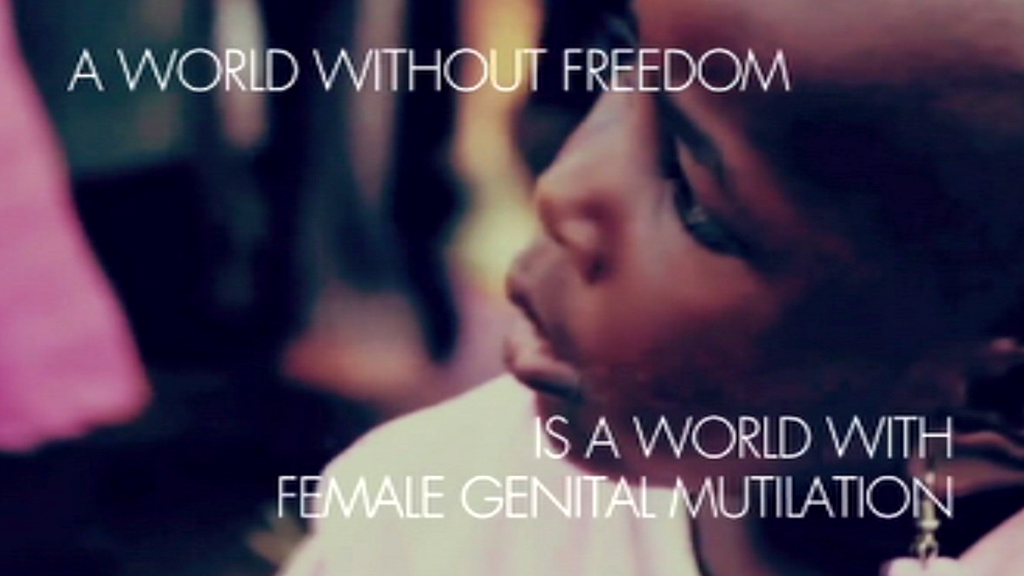The numbers behind female genital mutilation
Female genital mutilation used to be a taboo topic. Now attempting to put an end to it is on the prime minister’s to-do list. But how robust can we be in estimating how many women are affected?
Female Genital Mutilation – A Change Has Begun from Spirited Pictures on Vimeo.
Our estimates of the numbers of women living in England and Wales with female genital mutilation (FGM) are restricted to women born in countries where FGM is known to be practised and for which there are data, writes Professor Alison Macfarlane, co-author with Efua Dorkenoo of the City University London report into FGM.
They use data about women born in those countries, derived from 10 yearly population censuses, or from civil registration of births, and apply data about the proportions of women in each age group, who have undergone female mutilation, derived from surveys in countries where FGM takes place.
Read more: Females at risk of FGM has almost doubled since 2001
This approach uses a working assumption that women who have migrated to England and Wales are typical of all women in their age group in their country of birth. This is very unlikely, of course, given the multiple factors that can prompt people to migrate. For example, a substantial proportion of women born in Uganda, Tanzania, and Kenya, now living in England and Wales, are from South Asian populations, who do not practise FGM.
For our first estimates, based on the 2001 census, we were provided with a table of counts of numbers of women born in each country sub-divided by age group. We applied the rates of prevalence in each country and arrived at the estimate of 66,000 women aged 15-49. As we were unable to exclude women of South Asian origin, this was likely to be an overestimate.

For the most recent estimates, we were able to analyse anonymised data from individual 2011 census records in a secure environment at the Office for National Statistics. This made it possible to exclude women from South Asian and white ethnic groups, who do not practise FGM. Applying the country-specific prevalence rates, we estimated that 103,000 women with FGM were living in England and Wales, still a substantial increase compared with the previous estimate.
FactCheck looked at the figures in January: how big a problem is female genital mutilation?
More details: Comparisons between estimates of numbers of women and girls with FGM in report published by the New Culture Forum and report by City University London and Equality Now
Even then, the migrants may be atypical. For example, the census records only the countries in which women were born, but the extent to which FGM is practised may vary within countries. In Ghana, it is mainly practised in two regions but not elsewhere and in Iraq, it is practised only in Iraqi Kurdistan.
We tried to use women’s stated first language to assess their regional background, but the majority stated that their first language is English. This may reflect the considerable extent to which women living in England and Wales, who were born in many FGM-practising countries, have university level qualifications. Some, presumably, acquired these qualifications here. The exceptions to this are women born in Somalia, Eritrea and Yemen, many of whom have no qualifications, particularly in the 50 and over age group. In some countries, but not others, more educated women are less likely to be subjected to FGM. We will explore the implications of this more fully in our final report.
Attempting to estimate the extent to which girls are at risk is even more problematic. Within a given country of birth and age category, there will be women from families who have abandoned FGM on migration. And other women, who may be intending that their daughters will undergo it and yet others, who do not want this to happen themselves but may be under pressure from older family members. It is difficult to envisage how this can be quantified.